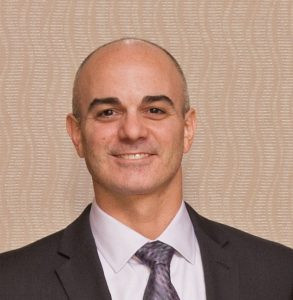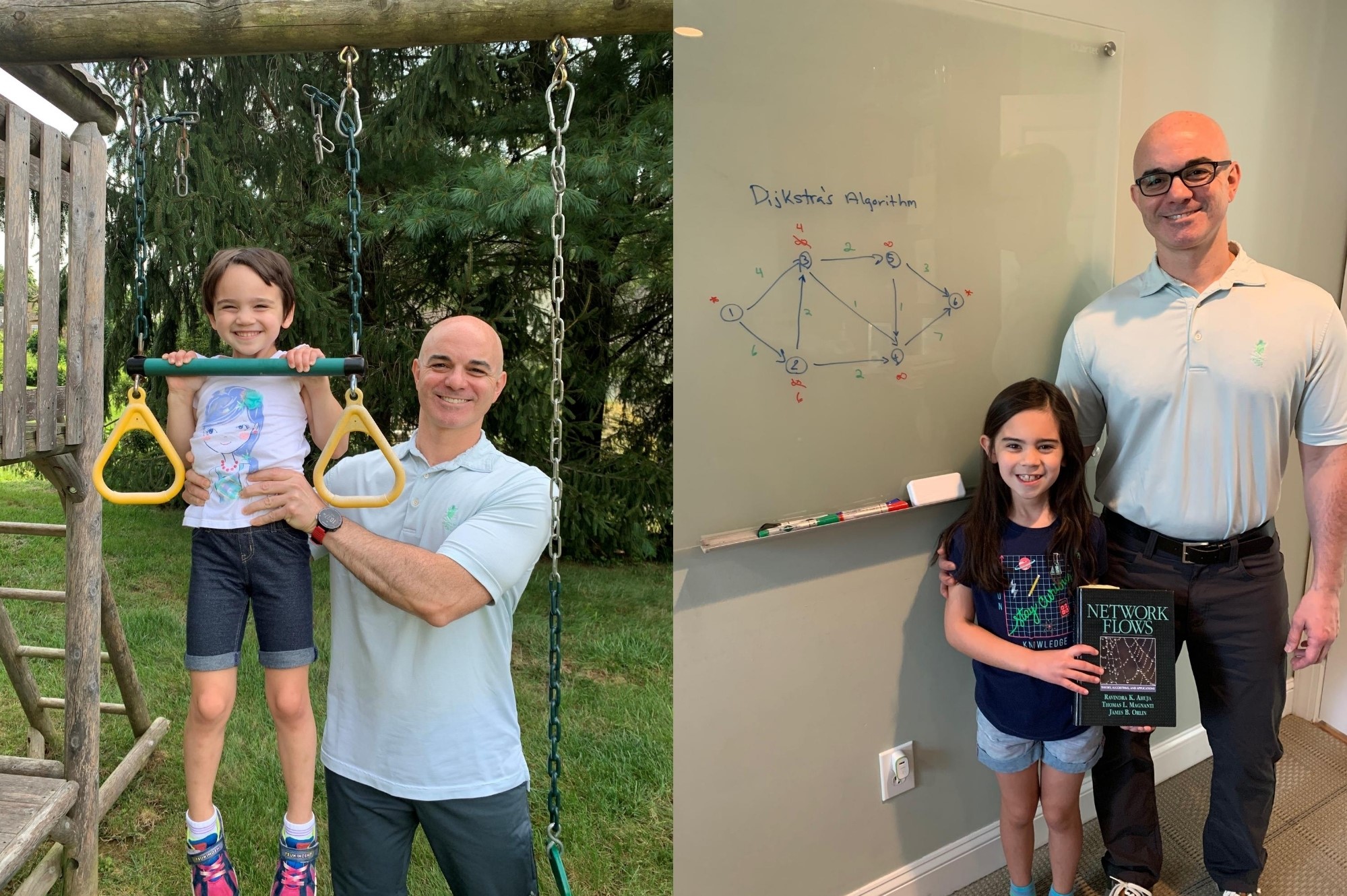As COVID-19 began to spread rapidly, curious minds from across the company were tapped to create analytic models to help – fast.
“In the early stages of the pandemic, SAS created a companywide internal organization with the goal of providing analytics to help combat the pandemic. The COVID-10 Science Advisory Team (C-SAT) reached out to our team for help on several projects,” shared Dr. Matthew Galati.
As COVID-19 numbers rose rapidly and cities around the world shut down; SAS ramped up, and the unlimited talent and brilliance of our people shone brightly. From our Viya-powered COVID-19 dashboard to deployment-ready models, our teams moved quickly to be there for our customers when they needed us most.
Our models have helped customers make sense of the data to navigate the pandemic and continue to empower leaders to make informed decisions. But what exactly do these models do, and who brought them to life? Enter Matthew. He’s a Distinguished Operations Research Specialist, a dad of two, and one of the curious minds behind our contact tracing technology.
Curbing COVID with contact tracing

Contact tracing has risen to the forefront of the public’s interest: “It’s a public health tool that’s used to help curb the rapid spread of infectious diseases like COVID-19,” Matthew explains. “An important aspect of contact tracing is the ability to quickly examine connected data to understand who has been (or has potentially been) exposed, based on patterns of contact.”
The technology behind contact tracing isn’t new – it’s a type of network analytics, a way to quickly search through connected data. “It has many applications beyond public health,” he says.
How it works
Our contact tracing solutions track databases in real-time to give answers – and save lives – fast.
When a person tests positive for COVID-19, the test results are sent to public health officials.
Our solution processes this data and creates a work queue for contact tracers, prioritizing which patients the tracer should call first. As the patient is interviewed, the solution allows the tracer to enter data on how the patient is feeling and any symptoms exhibited, as well as who the patient has interacted with and where they’ve been in the last 14 days.
“Basically, the idea is that you have all these data points like addresses and phone numbers, but you need some way to link them all to one person before you can start to infer the connections, or contacts,” Matthew adds.
After the interview, the solution examines all the interview data from all patients to identify high risks for spread of the disease, including “super spreaders” who have come into contact with a lot of people.
Today, this analysis is done manually and takes days and weeks. Our solution identifies high risks in minutes by generating links between objects automatically, vastly speeding up the process of linking what may at first appear to be seemingly disparate people and places.
Governments and universities around the world are already using this solution to perform contact tracing, including Germany, Hong Kong and Oklahoma State University!
Curiosity & lifelong learning
For Matthew, it’s all about the process. “In R&D, nothing comes easy – I love the journey of the challenge. As I struggle through the details of each project, I’m always learning and improving,” he says.
Curiosity is key: “My favorite part about working at SAS is the constant exposure to new domains,” Matthew shares. Just in the past year, he’s been involved with projects around infectious disease, fraud, telecommunications, sports, logistics, genomics, retail and cyber security. "I’m never bored and I’m always learning about new areas.”
To keep his skills sharp, Matthew spends his personal time exploring areas outside his formal training. “I’m currently spending my reading and podcast time on finance, public health, philosophy and education,” he shares. “At the moment, my favorite podcast is the Artificial Intelligence Podcast by Lex Fridman.”
Life in Research & Development
Despite working in R&D, development is a relatively small portion of the job. “The R&D process involves so much more than just coding,” he says. Another important part of the job? Failing. “Once the experimental phase of development starts, I’ll often fail many times before I produce something useful.”
“It’s part of the process,” he explains. “It takes a certain personality to be able to handle a high frequency of defeat and use it as a motivator to grow and improve.” Matthew attributes his background in athletics, specifically baseball, for teaching him to “fail gracefully.” Talk about living out our values!
Outside the office
Not long ago, Matthew’s life outside the office revolved around his passion for sports and fitness – “Specifically golf, baseball, weightlifting and running,” he elaborates. But more recently, his life has focused more on his two “unbelievably cool” daughters, Violet (8) and Audrey (5). “I’m really enjoying the often-illogical process of being a father of two daughters and figuring out how to navigate their incredibly fun personalities,” he says.
“Violet has become very curious about math, coding and science; and we often have lengthy conversations about what I’m doing at work. Audrey and I can often be found in the gym competing on pull-ups, push-ups and other feats of strength that are ridiculous for a 5-year old. She can already beat me in a race!”

Thanks Matthew, for sharing your work and story with us! Curious to learn more about how SAS is making a difference in the global fight against COVID-19? Check out our COVID-19 Data Analytics Resource Hub and stay tuned to hear about more People Behind the Models.

